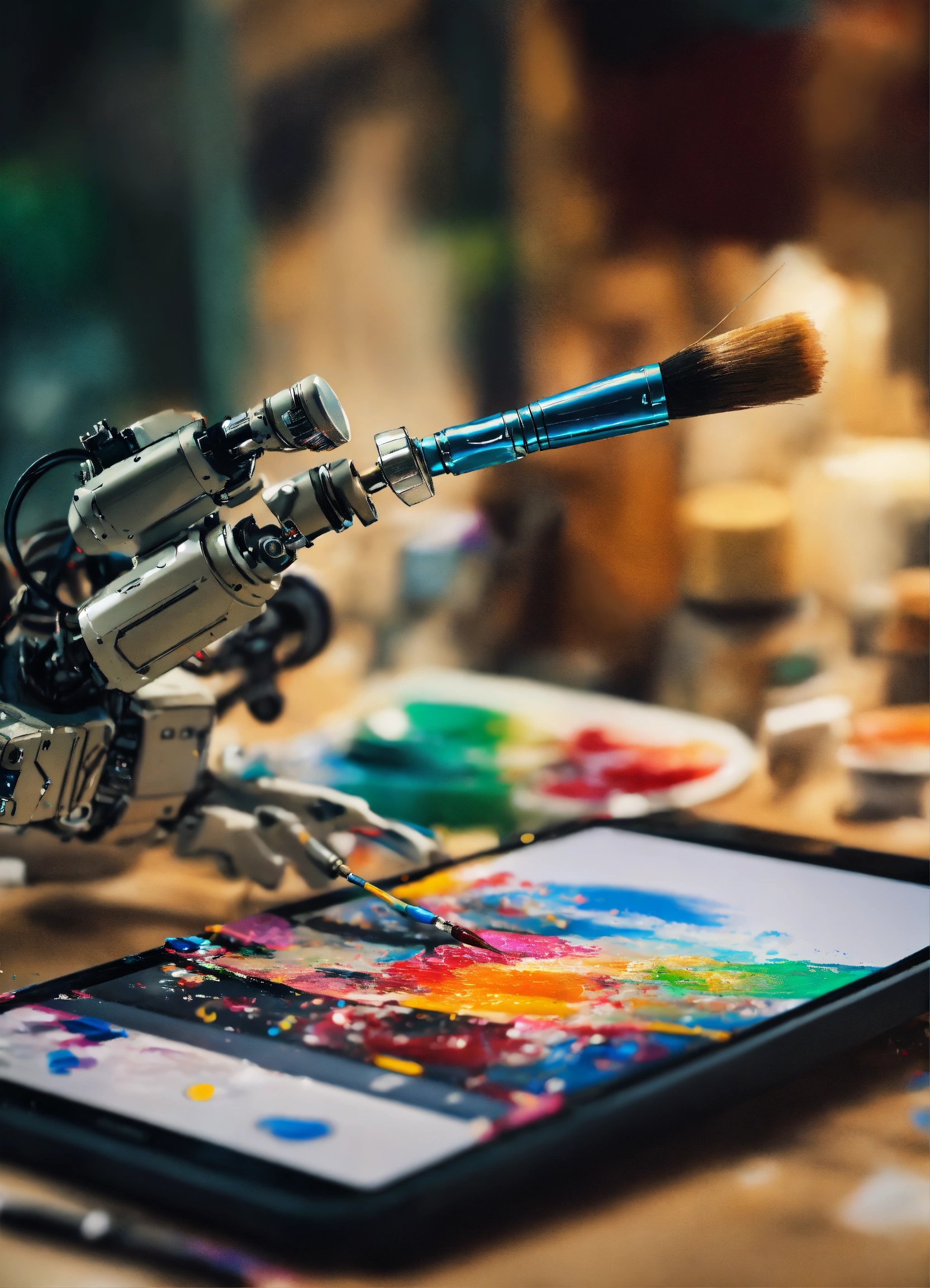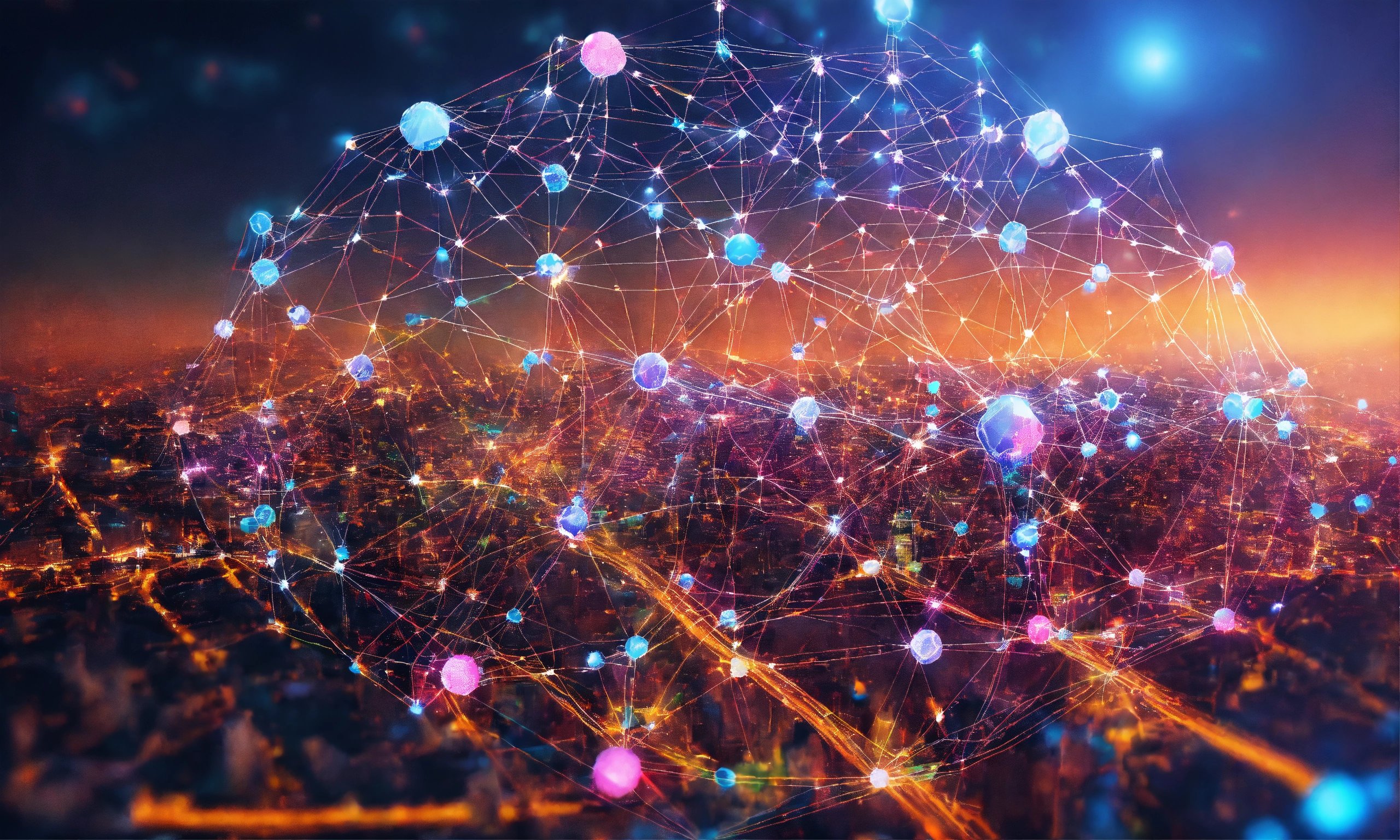Artificial Intelligence (AI) has undoubtedly transformed various aspects of our lives, from automating routine tasks to enhancing problem-solving capabilities. However, the question of whether AI can truly be creative sparks a fascinating debate within the realms of technology, philosophy, and the arts. In this exploration, we will delve into the world of AI creativity, examining creative algorithms, generative art, and the challenges that lie ahead.
Creative Algorithms: Unveiling the Mechanics
Creative algorithms form the backbone of AI’s foray into the realm of creativity. These algorithms are designed to mimic the intricate processes of the human mind, enabling machines to generate novel and imaginative outputs. Picture this: an algorithm that not only analyzes data but also incorporates a touch of unpredictability, producing results that transcend mere computation.
Consider the world of music composition. AI-driven algorithms have demonstrated the ability to compose melodies that resonate with human emotions. Melomics, a notable example, employs genetic algorithms to evolve musical compositions, creating harmonies that captivate the listener. It’s like having a digital composer that learns and adapts, showcasing a semblance of creativity that challenges our traditional understanding of artistic expression.
Generative Art: A Canvas for AI Imagination
One of the most visually striking manifestations of AI creativity is generative art. By leveraging algorithms, machines can autonomously produce artwork that ranges from mesmerizing to thought-provoking. Take, for instance, the works of artist and programmer Mario Klingemann. Using algorithms and neural networks, Klingemann crafts digital art pieces that blur the lines between human and machine creativity.
Generative adversarial networks (GANs) further exemplify the artistic prowess of AI. These networks consist of two components—one generates content, while the other evaluates it. Through this continuous interplay, GANs can create visually stunning and entirely unique pieces, showcasing a form of creativity that extends beyond what was once thought possible for machines.
AI and Art: A Symbiotic Relationship
The integration of AI into the art world goes beyond individual projects; it’s becoming a collaborative effort between human artists and creative machines. Renowned artists like Robbie Barrat have embraced AI as a tool in their creative process. Barrat’s collaboration with AI yielded visually striking paintings that seamlessly blend the digital and the human touch.
This intersection of AI and human creativity challenges preconceived notions, raising questions about the nature of authorship and artistic expression. As AI continues to evolve, it becomes not just a tool but a co-creator, influencing the artistic landscape in ways previously unimagined.
Music Composition: The Harmonious Symphony of AI
Let’s turn our attention to the world of music, where AI has made significant strides in composition. AIVA, an AI music composition system, stands as a testament to the evolving synergy between technology and creativity. AIVA analyzes vast musical datasets, learning patterns and styles to generate compositions that evoke genuine emotional responses.
The impact of AI-generated music extends beyond novelty. Film composers and producers are increasingly turning to AI tools to streamline the creative process. AI’s ability to understand and replicate diverse musical styles has led to its integration into the music industry, challenging traditional notions of musical authorship.
Visual Arts: Beyond the Canvas

In the realm of visual arts, AI has transcended conventional boundaries, giving rise to a new era of digital creativity. Artists and programmers collaborate to create algorithms that generate visually stunning pieces, often blurring the line between what is crafted by human hands and what emerges from the computational mind.
Artificial intelligence tools like DeepDream produce hallucinatory and surreal images by interpreting and enhancing patterns within existing images. This transformative process challenges artists to explore new frontiers, pushing the boundaries of traditional artistic mediums. As AI-generated visuals gain recognition, the art world grapples with questions of authenticity and the evolving definition of artistry.
Writing and Literature: Wordsmiths in the Digital Age
The written word, a bastion of human creativity, is not exempt from the influence of AI. Language models like OpenAI’s GPT-3 have demonstrated a remarkable ability to generate coherent and contextually relevant text. From poetry to prose, AI is making strides in literary creation.
Consider the work of Janelle Shane, who trained a language model on a dataset of 18th-century recipes. The AI-generated recipes that emerged from this experiment were both humorous and surprisingly plausible, showcasing the machine’s ability to understand context and mimic a specific writing style. As AI ventures into the realm of literature, questions arise regarding the authenticity and emotional depth of machine-generated narratives.
Limitations of Current AI Models: Navigating the Boundaries
While the achievements of AI in the realm of creativity are impressive, it is crucial to acknowledge the existing limitations. AI lacks a genuine understanding of creativity—it can replicate patterns and styles, but it does not possess an intrinsic comprehension of the human experience that underlies true creativity.
The dependence on existing data also poses a challenge. AI models operate within the constraints of the information they have been trained on, limiting their ability to break free from established norms. True creativity involves pushing boundaries and defying expectations, a feat that current AI models struggle to consistently achieve.
Ethical Considerations: Navigating the Creative Landscape
As AI becomes an integral part of the creative process, ethical considerations come to the forefront. One significant concern revolves around the attribution and ownership of AI-generated work. Who owns the rights to a piece of music composed by an algorithm? The ethical implications of AI creativity extend beyond legal frameworks, delving into questions of authorship, artistic intent, and cultural significance.
Ensuring responsible AI creativity becomes imperative. Transparent and ethical practices must guide the development and deployment of creative algorithms. As AI continues to influence artistic expression, the need for ethical guidelines and industry standards becomes more pressing.
The Future of Creativity in AI: Beyond the Horizon

As we gaze into the future, the potential for AI in creative endeavors appears limitless. Emerging technologies promise advancements in creative machines, pushing the boundaries of what we thought possible. The integration of AI and human creativity is poised to redefine artistic expression, offering new tools and perspectives to artists across various disciplines.
The notion of collaborative creativity, where humans and machines work in tandem, holds exciting prospects. AI tools can augment human creativity, providing innovative solutions and sparking inspiration. The future may witness the emergence of entirely new art forms that result from the harmonious collaboration between human ingenuity and artificial intelligence.
Conclusion: The Symphony of Creativity Continues
In conclusion, the question of whether AI can be creative is not a binary inquiry but a journey of exploration and discovery. Creative algorithms and generative processes showcase the potential of machines to produce works that resonate with human emotions. However, challenges remain, from the limitations of current AI models to ethical considerations that accompany the integration of AI into the creative landscape.
As we navigate this evolving intersection of technology and creativity, one thing is clear: the symphony of creativity is not fading; it’s evolving. AI is not here to replace human creativity but to amplify it, offering new perspectives, tools, and possibilities. The canvas of AI creativity is vast, and as we venture into uncharted territories, the fusion of human and machine creativity promises a future where the boundaries of artistic expression are continually redefined.
Read More: The Future of Work and Careers with AI Tools


Hi! I realize this is somewhat off-topic but I needed to ask.
Does building a well-established website like yours take
a large amount of work? I am brand new to running a blog however I do write in my
diary on a daily basis. I’d like to start a blog so I can easily share
my experience and thoughts online. Please let me know if you have any kind
of recommendations or tips for brand new aspiring blog owners.
Thankyou!
Have a look at my web page – vpn special coupon
My partner and I absolutely love your blog and find a lot of your post’s to be exactly I’m looking for.
Do you offer guest writers to write content in your case?
I wouldn’t mind producing a post or elaborating
on a number of the subjects you write related to here. Again, awesome web log!
my site; vpn special coupon
Hi there! I could have sworn I’ve been facebook vs eharmony to find love online this blog before but after going through
some of the articles I realized it’s new to me. Regardless,
I’m definitely pleased I stumbled upon it and I’ll be book-marking it and checking back frequently!
Oh my goodness! Amazing article dude! Thank you, However I
am going through issues with your RSS. I don’t understand
the reason why I am unable to join it. Is there anybody having the same RSS issues?
Anyone that knows the solution can you kindly respond?
Thanks!!
My web page :: nordvpn special coupon code 2024